Get the weekly SPARTANAT newsletter.
Your bonus: the free E-Book from SPARTANAT.
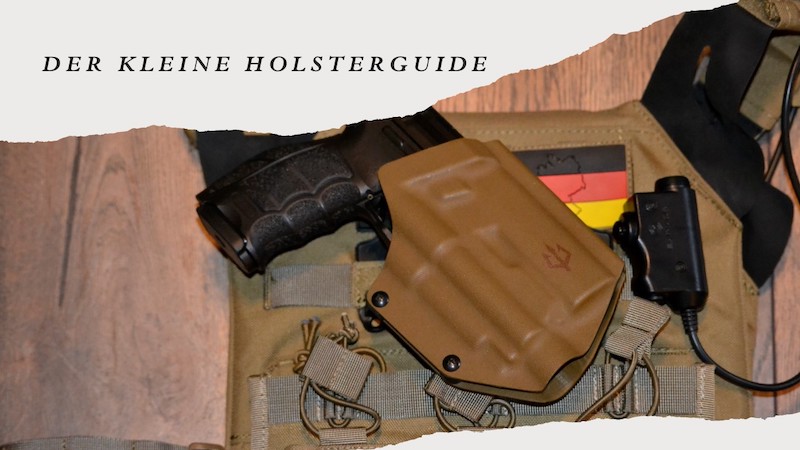
The little holster guide - Part 2
The text discusses the importance of choosing the right holster for different purposes, including sporty, hunting, or official use. It explores various types of holsters, highlighting their features and suitability for different applications.
After the 1st part of the small holster guide - HERE on SPARTANAT - it continues with the second and final part: Choosing the right holster for a specific purpose has a significant impact on the use of the handgun - whether sporty, for hunting, or for official use. KL STRATEGIC introduces you to the world of holsters and provides essential tips on what to consider.
Holster Types
After first looking at the carrying methods, let's now focus on the holster types:
OWB Belt Holsters
This term refers to all holsters that are openly worn on the belt. However, a further distinction must be made between holsters directly on the belt and holsters on a belt loop.
Holsters on the belt are all holsters that are attached directly at waist level on the belt. They can be secured to the belt with loops, base plates, etc., and all have in common that the weapon sits relatively high on the body, whether at the 2, 4, or 6 o'clock position. Depending on the position on the belt, they may need to be mounted at a slight angle to provide an optimal drawing position. This can be determined relatively easily by using a flat hand and a straight wrist to feel along the belt from the buckle. Depending on the position of the hand on the belt, the corresponding angle from hand to belt changes, indicating the optimal angle of the holster at that position ... the same process applies on the other side of the body for magazine holders/pouches.
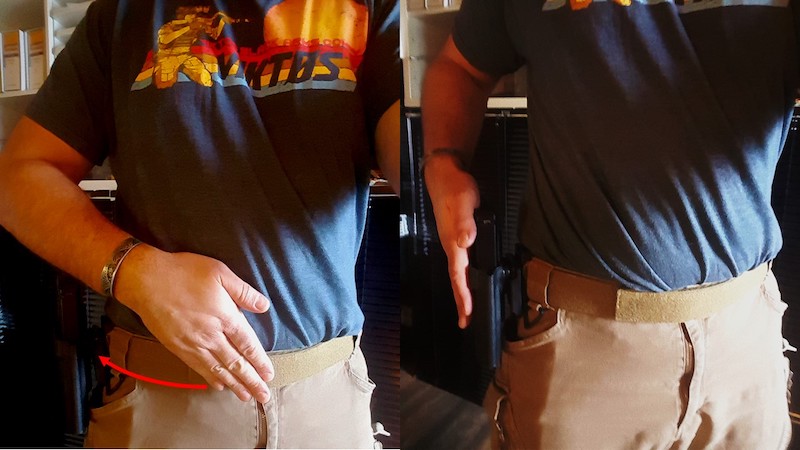
These holsters are suitable for all types of use, as long as additional equipment does not hinder their use. They provide quick and direct access to the weapon and can be worn close to the body or with spacers to accommodate body shape. This is a matter of personal preference; some people do not like the gun's grip touching the body, while others swear by it. It should be noted that loose clothing may pose a risk as it can get caught in the holster.
In sporty applications, it is advisable for the holster to have some distance from the body to minimize the risk of sweeping under stress.
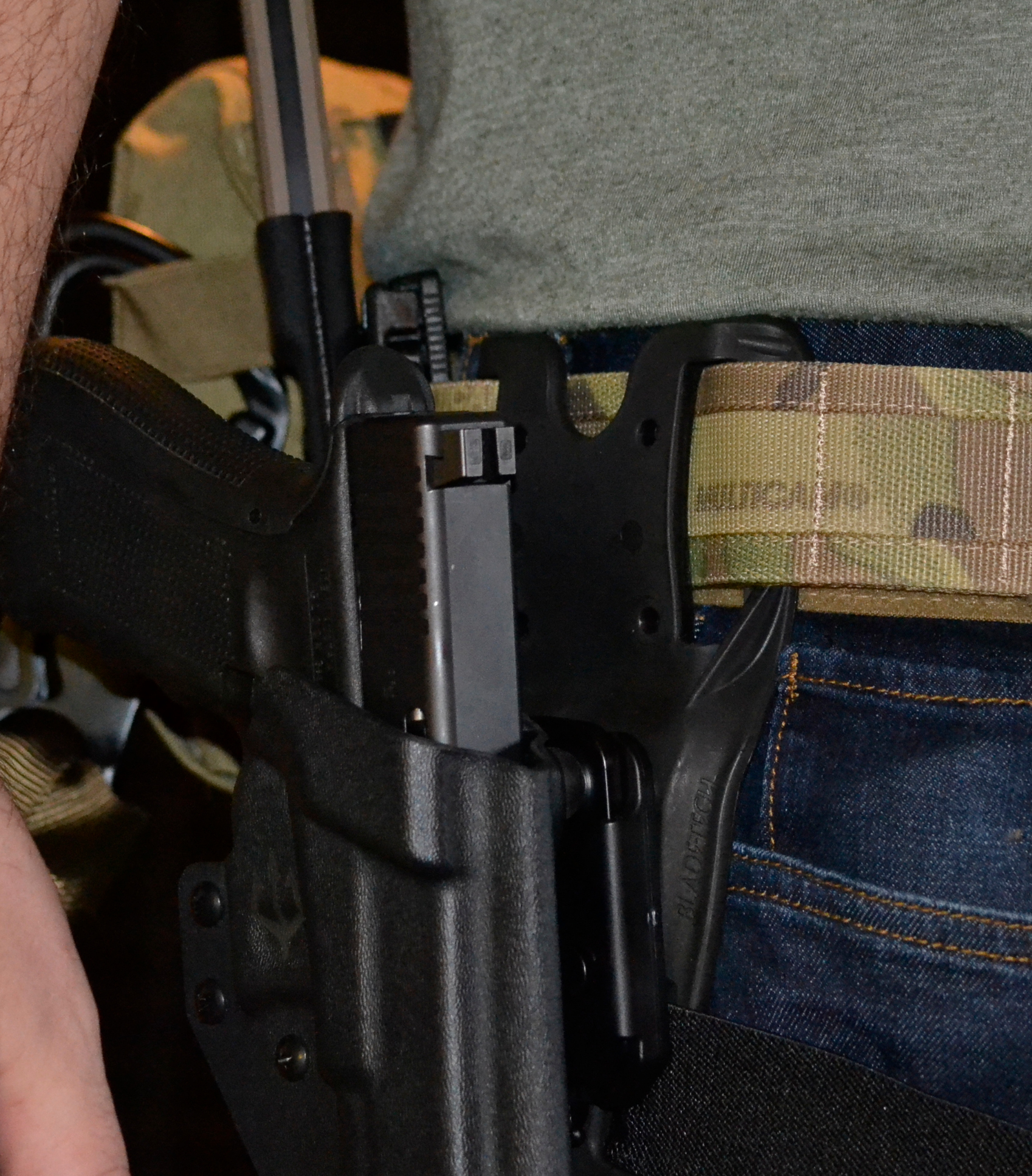
If the gun sits too high with a plain belt holster, you can use extension loops. These loops are attached to the belt and position the holster a few cm lower, resulting in a much more comfortable and unrestricted operation.
Such loops are often found in official use cases to enable working with handguns while wearing protective vests, or in dynamic sporting shooting; speed holsters also fall into this category.
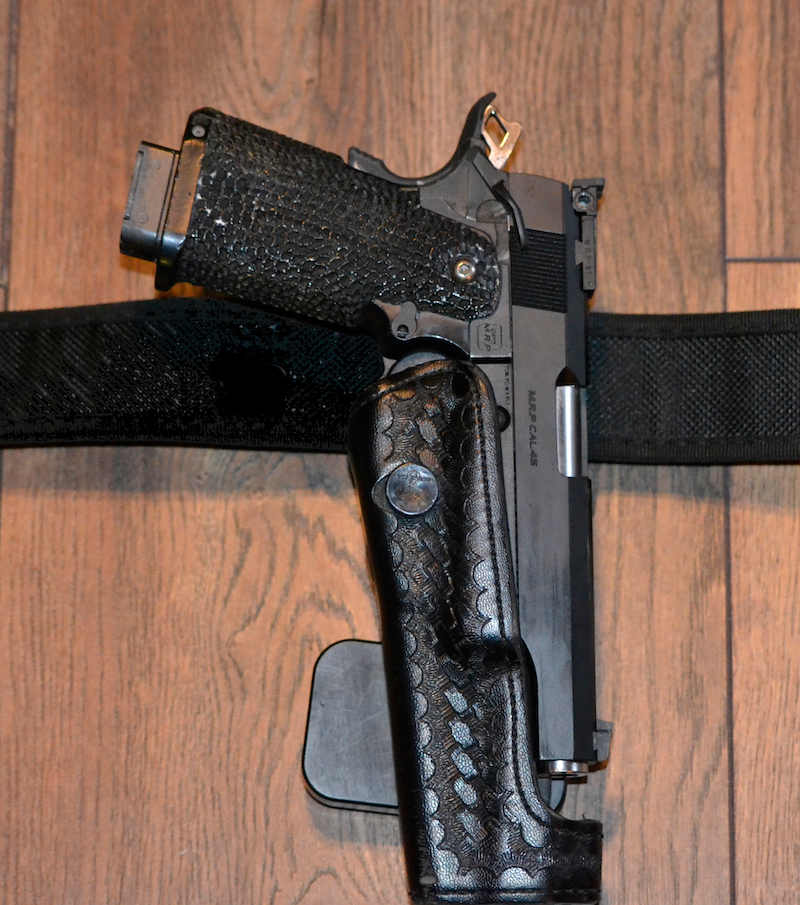
The advantage of holsters with belt loops is that they largely keep the upper body free, allowing unobstructed drawing. Often, the loops are designed to create a distance between the body and grip, ensuring easier access. The height of the holster on the loop can usually be adjusted to better suit personal requirements.
When using loops, pay attention to the quality, as they are often made unstable or from soft plastic in cheap imitations. This can give way during the drawing process and possibly prevent a clean draw. Furthermore, long loops may move during the drawing process, making it advisable to secure the holster with a thigh strap, similar to the dropleg variation.
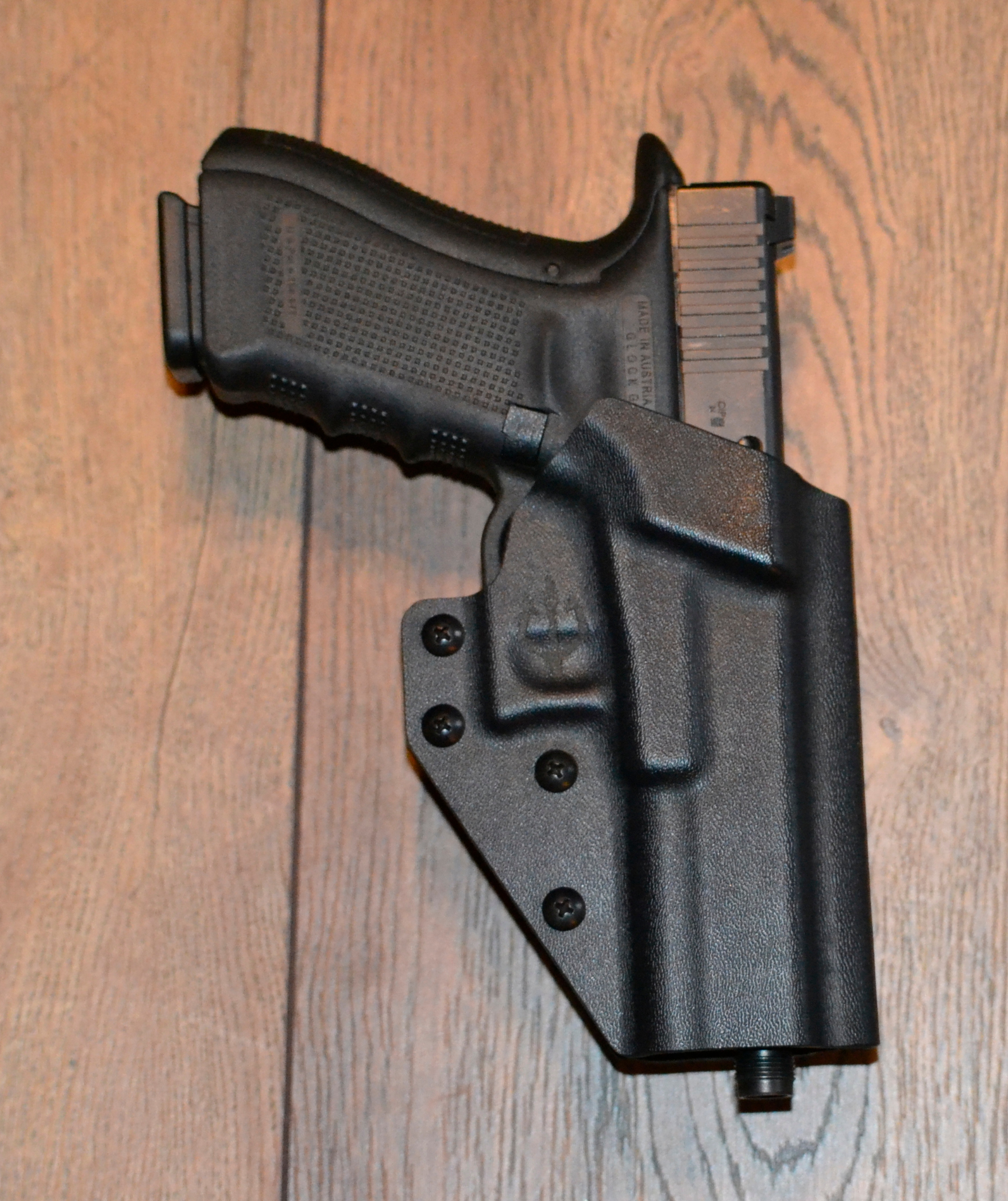
For all OWB belt holsters, various safety levels and materials are possible. However, you should consider the intended use; for example, certain sport rules specify where the gun must be located in the holster, limiting the options. For official use, a level 2 holster is usually required for quick drawing protection.
OWB dropleg Holsters
A special form of loop holsters are the "dropleg" or thigh holsters. The emphasis here is on THIGH HOLSTERS!
These holsters arose from an official necessity to have the backup weapon readily available in case of emergency and to carry all necessary equipment on the body to perform tasks without having to move the "last line of defense" to the 3rd Line, which would be discarded in case of doubt.
Many times, thigh holsters are now used more as tactical accessories rather than as necessary tools. Those who are constantly in motion will quickly feel the disadvantage of the thigh positioning: everything is in motion.
As mentioned, this holster is a product of necessity and should be used as such. The principle here is: as high as possible, as deep as necessary!

In an upright position, the shooting hand should cover the holster with arms hanging relaxed. If you have to stretch or bend to one side to draw the weapon from the holster, the dropleg hangs too low! Furthermore, it is important to ensure that the holster with the weapon remains in place even with movement. Good thigh holsters are equipped with rubberized base plates and/or leg straps for this purpose.
Also, when using thigh holsters, one should consider that pants/leg pockets may no longer be usable. The belt attachment is another point to consider; one-piece attachments should be made as wide as possible to distribute the pull on the belt as widely as possible (e.g. Safariland, Radar, etc.). Two-piece attachments, or Y harnesses (e.g. Blackhawk), distribute the pull evenly on 2 points as long as they are appropriately attached to the belt in Y shape.
As the name suggests, this is a holster for the thigh, not for the knee or even lower ... so if you have to sink down to draw the weapon from the holster, you're doing something fundamentally wrong. Also, one must consider that running movements can cause the holster to shift; the lower the thigh holster sits, the greater the movement and the easier it will slip and hinder more than help.
A common mistake often seen with users of thigh holsters is the twisted attachment of the holster to the leg plate. Supposedly, this is done to compensate for the inclined body posture in aiming; when it comes to this myth, it can be said that it is so wrong on so many different levels that one would rather not even start talking about it - starting with the shooting posture "pooping fox" through the fundamental misunderstanding of operational firearm use to the perversion of the natural biomechanics of the human body - but I don't want to delve into this topic further here. One can simply remember that thigh holsters should be worn functionally parallel to the upright body axis.
IWB Holster
As the name suggests, these holsters are only found on the inside of the waistline and therefore not in Steg or Dropleg variations; except for some exceptions from individual manufacturers who are trying to establish a novelty.
IWB holsters are attached to the belt or waistband with appropriate clips, clamps, or loops and are located on the inside of the clothing. In addition, there are various holster belts that are worn directly around the body and are intended to conceal a weapon.

The latter are mostly made of neoprene or another flexible fabric that adapts to the body and is intended to keep the weapon extremely close to the body. This group also includes the so-called holster shirts, which provide a holster pocket sewn into a shirt. These are suitable for carrying a short weapon to a certain extent, as the positioning and fit of the holster are universally designed. In some models, the way they are worn is more like a shoulder holster, forcing cross-drawing, so they are no longer in the IWB category. I will briefly address the topic of crossdraw and shoulder holsters here.

For various reasons already mentioned, shoulder holsters are not a real option for carrying a weapon. They are not allowed for sports and, due to the forced cross-draw, are only suitable for drivers. A special form are the mentioned holster shirts, which essentially represent a shoulder holster. These are suitable to a limited extent for use in personal protection when other carrying forms are simply not suitable; e.g. for required evening attire, as the weapon is concealed on the body in a way that it does not attract attention and other guests do not feel threatened (yes, this happens more often than one might think). Of course, this is only an option for Compact and Subcompact models.
But back to the classic IWB holsters. These are usually carried in the 3,4 or 6 o'clock position on the body, with a special form also in the appendix carry position, which I will address separately.
The carrying position of an IWB Holster is primarily determined by personal preferences and characteristics, as well as the type of firearm being carried. As mentioned before, IWB Holsters are designed to conceal the firearm and provide quick access if needed; protruding elements such as large magazines are therefore not ideal. To be able to carry these elements, they must be positioned parallel to the body surfaces, such as the back. This results, for example, in the 6 o'clock position to enable concealed carry. Typically, IWB Holsters sit so that their top outer edge ends directly or just above the waistband of clothing, allowing the handgun grip to stick out and define the constraints of positioning by size and shape.
As mentioned earlier with concealed carry, IWB Holsters pose the risk of clothing getting tangled in the holster, which can lead to dangers. Therefore, IWB Holsters must be designed in a way that allows for safe and comfortable carrying, and in case of need, can be uncovered to provide unobstructed access to the firearm and allow for easy retrieval and reholstering of the firearm.
The last aspect, in particular, can sometimes be a larger problem than one might think, especially when dealing with a holster that is meant to be carried regularly. Comfort plays a significant role here, as uncomfortable holsters can restrict or alter movement patterns, leading to unconscious adjustments or corrections. All these points go against the purpose of carrying a concealed weapon and defeat the purpose entirely.
To improve comfort, it is logical to want to use soft materials, such as leather or Cordura. However, both materials have the issue that they may be rigid at first when purchased, but over time they become softer and more flexible due to wearing, body heat, sweat, movement, etc. This ultimately leads to the firearm being more difficult to draw or reholster without significant effort. This leads to the next important question:
What material for the holster?
Before we delve into holster material, I would like to address a carrying method that is becoming increasingly popular:
Appendix carry
I admit that I resisted this carrying style for a long time, not least because there was a time when my physique hindered rather than favored this carrying method. I am referring to carrying the firearm in the 12 o'clock position, right in front of the abdomen. This variant is favored by a slimmer body shape, as it can be rather painful otherwise. With the Appendix carry, the holster is positioned so that the gun can be drawn and holstered straight in front of the body. Depending on the size of the firearm, one can imagine that such holsters may restrict mobility.
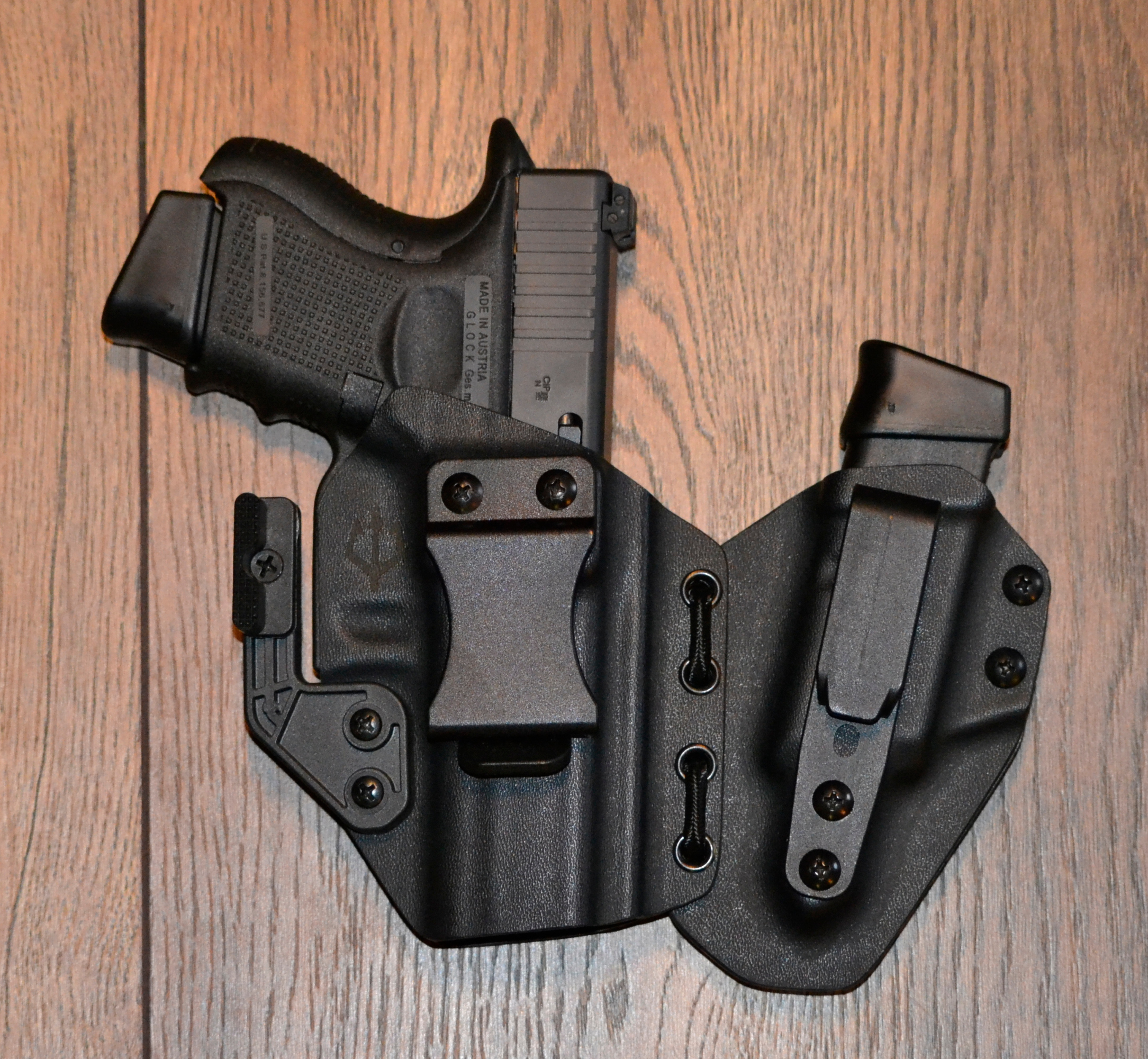
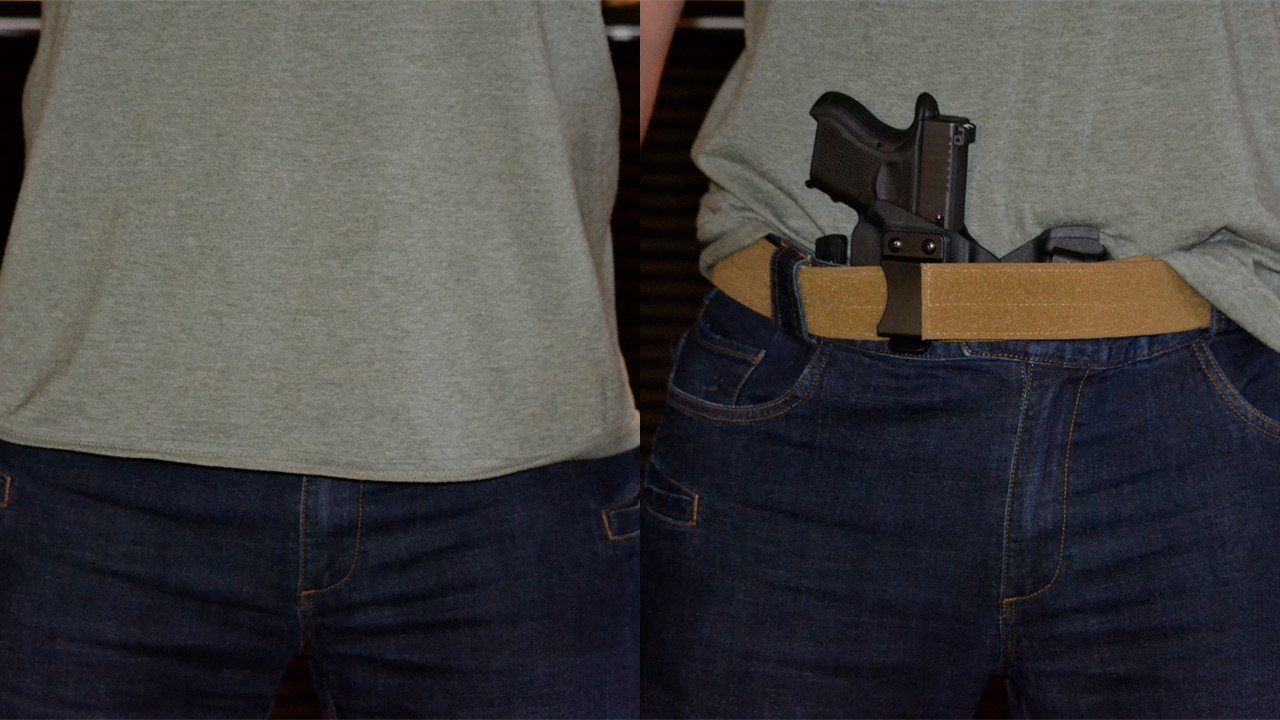
This carrying method also requires intensive training, as additional steps are necessary to draw and holster the firearm without endangering oneself. Sporting events do not allow for these holsters, as the risk of "sweeping" is exceptionally high, if not almost certain.
Nevertheless, I have found enjoyment in this carry method for certain purposes as well. The presentation and storage of the firearm work very well and quickly with the right technique, and after the correct draw, one is automatically in position 3 and can act immediately. By using the width of the front of the body, there is enough room to vary the position of the firearm and any spare magazine(s) to adapt to personal preferences.
Just like with all IWB holsters, the material used is crucial.
Holster Material
When talking about holster materials, it essentially comes down to leather, Cordura, and plastic. I must mention upfront that whenever possible, I recommend using a form-fitted holster for the specific firearm to ensure optimal and secure firearm retention in the holster.
The most stable and durable form is naturally offered by a material that does not deform plastically, like plastic. For simplicity's sake, we differentiate between holsters made of cast material and those made of thermally formed Kydex.
Both materials have the advantage of providing a secure and form-fitting hold for the firearm, without creating corners or edges where the firearm could get caught. Additionally, these holsters have no closures that could fail. However, temperature differences and UV exposure could potentially affect their durability or resilience. Therefore, quality materials should be a priority when choosing plastic holsters.
The use of Kydex for manufacturing also has another particularly relevant advantage: the holster can be custom fitted to the specific firearm and any modifications made, even without the need for expensive tools. A hairdryer maybe sufficient for adjustments if needed.
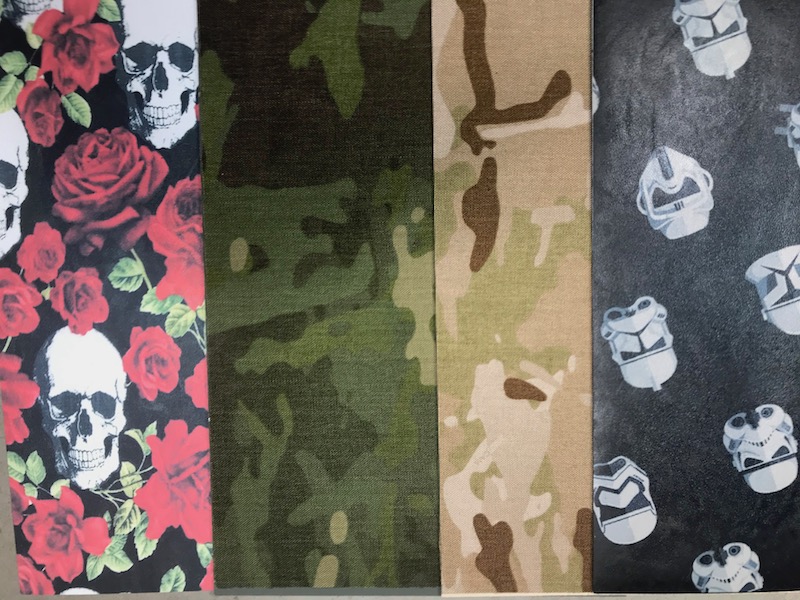
Cast plastic holsters should definitely be checked for quality ... and here, as so often, quality = price. Cheap "plastic holsters" tend to tear, break, or split at the glue seams under the influence of temperature. As a result, the holster's actual function is no longer guaranteed. So, if you buy cheap, you buy twice.
As OWB holsters, regardless of the design and security level, plastic molded holsters are well suited. For IWB carry, especially Kydex holsters are very suitable, provided they are professionally and neatly made. Due to their dimensional stability, they provide the perfect conditions for securely carrying a weapon IWB. The material itself also offers a higher level of comfort for wearing, compared to cast plastic molded holsters.
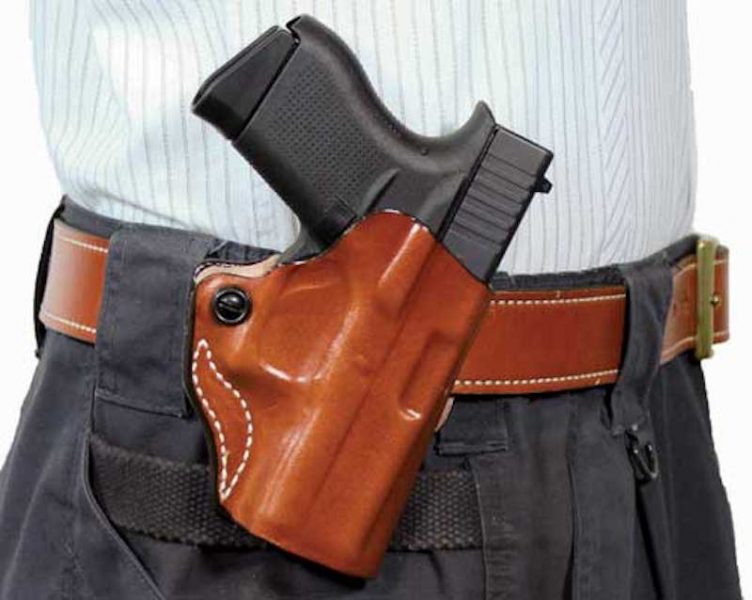
Let's talk about leather and Cordura. Both materials offer the possibility of being both flexible and molded. Unfortunately, over time, this form is lost through the influence of factors such as temperature, moisture, and movement. Especially leather becomes soft over time and is thus not suitable as a material for, for example, IWB holsters ... really? In general, it must be said that leather is not really suitable and up-to-date for permanent use as an IWB holster, but some manufacturers take advantage of the incomparable comfort and produce holsters with a leather back and Kydex front. These holsters offer a comfortable feel while maintaining a degree of dimensional stability, which facilitates drawing and holstering. However, it should also be noted that the soft back of these holsters can indent into the holster shape over time, altering this shape and increasing the drawing resistance.

The situation is similar with Cordura. This material consists of plastic fibers produced in a strong fabric. Through thermal influence, this fabric can be given a shape that still retains a certain level of flexibility. This is suitable for molded holsters, but in prolonged use, especially due to movement and friction among the fibers, it loses its composite strength and comfort.
In terms of material, plastic - especially Kydex - represents the current state of the art, unless one is bound to another material due to tradition (e.g. Western shooting) or other constraints.
Conclusion
So what can we learn from all of this?
When buying a holster, one should think in advance about its application and use. Depending on the purpose, different types and forms may be considered, or not.
Quality plays a crucial role and remember: "You get what you pay for!"
Even more crucial, however, are the personal aspects, such as wearing style, carrying position, etc. Here, it is best to be honest with yourself and not copy what you saw others doing and thought was cool.
As a final piece of advice from me: Form-fitting holsters over universal holsters! In case of doubt, one should have a separate holster for each of their weapons, just like I do. Then one should invest in a good belt that holds everything and a solid platform for changing...


HERE is the link to the first part of the Small Holster Guide
A large part of the holsters shown in the article come from the Austrian top holster manufacturer BLACK TRIDENT. Here you will find top-notch personal advice and high-quality holsters and more: www.blacktrident.com
Current courses for 2021, including the officially certified instructor course in defense shooting, can be found at KL STRATEGIC at www.kl-strategic.com
KL STRATEGIC on the INTERNET: kl-strategic.com
KL STRATEGIC on FACEBOOK: www.facebook.com/KL-STRATEGIC
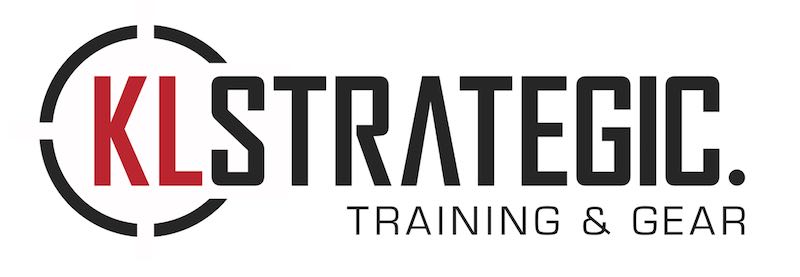
SPARTANAT is the online magazine for Military News, Tactical Life, Gear & Reviews.
Send us your news: [email protected]
Ad
similar
Get the weekly SPARTANAT newsletter.
Your bonus: the free E-Book from SPARTANAT.


